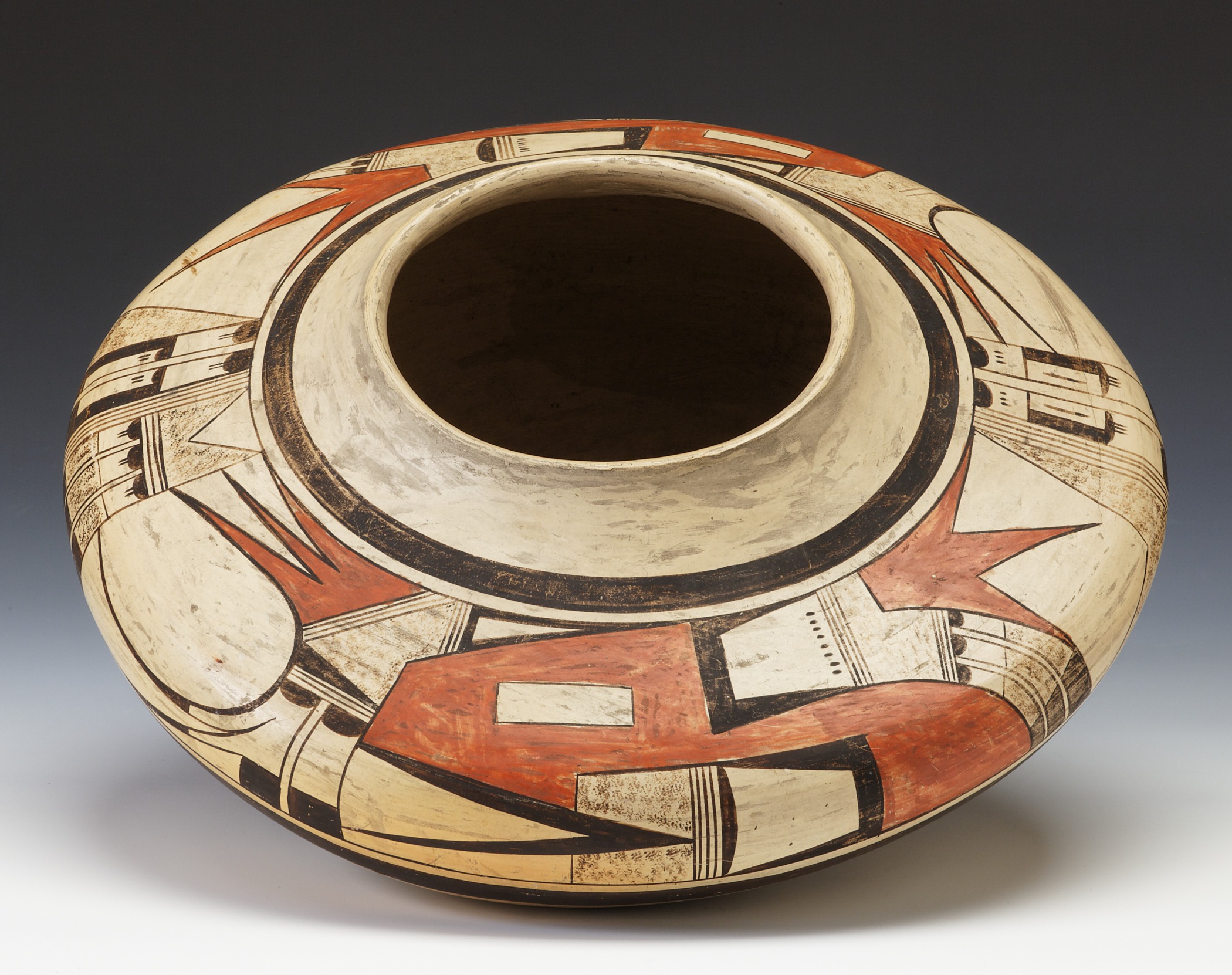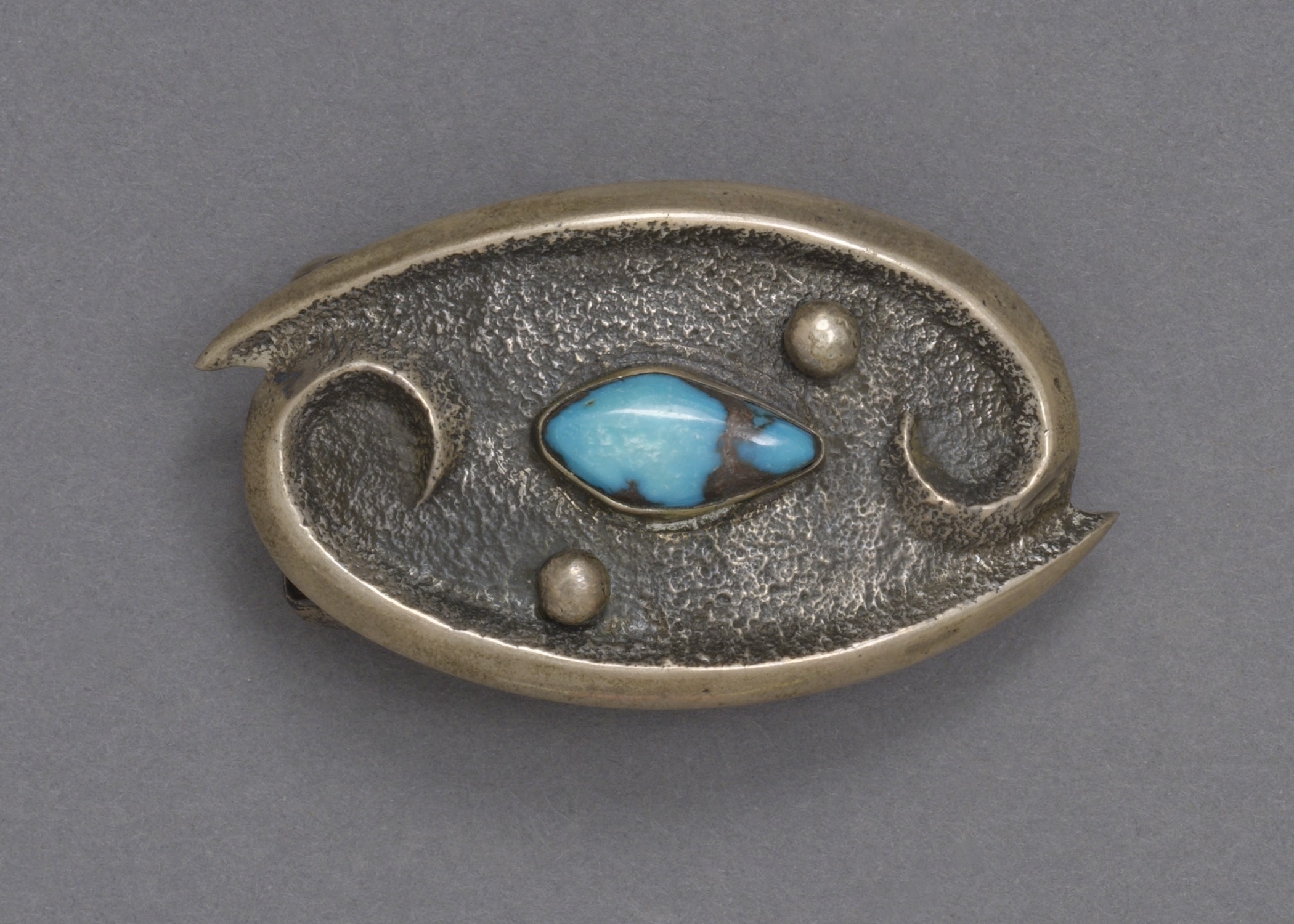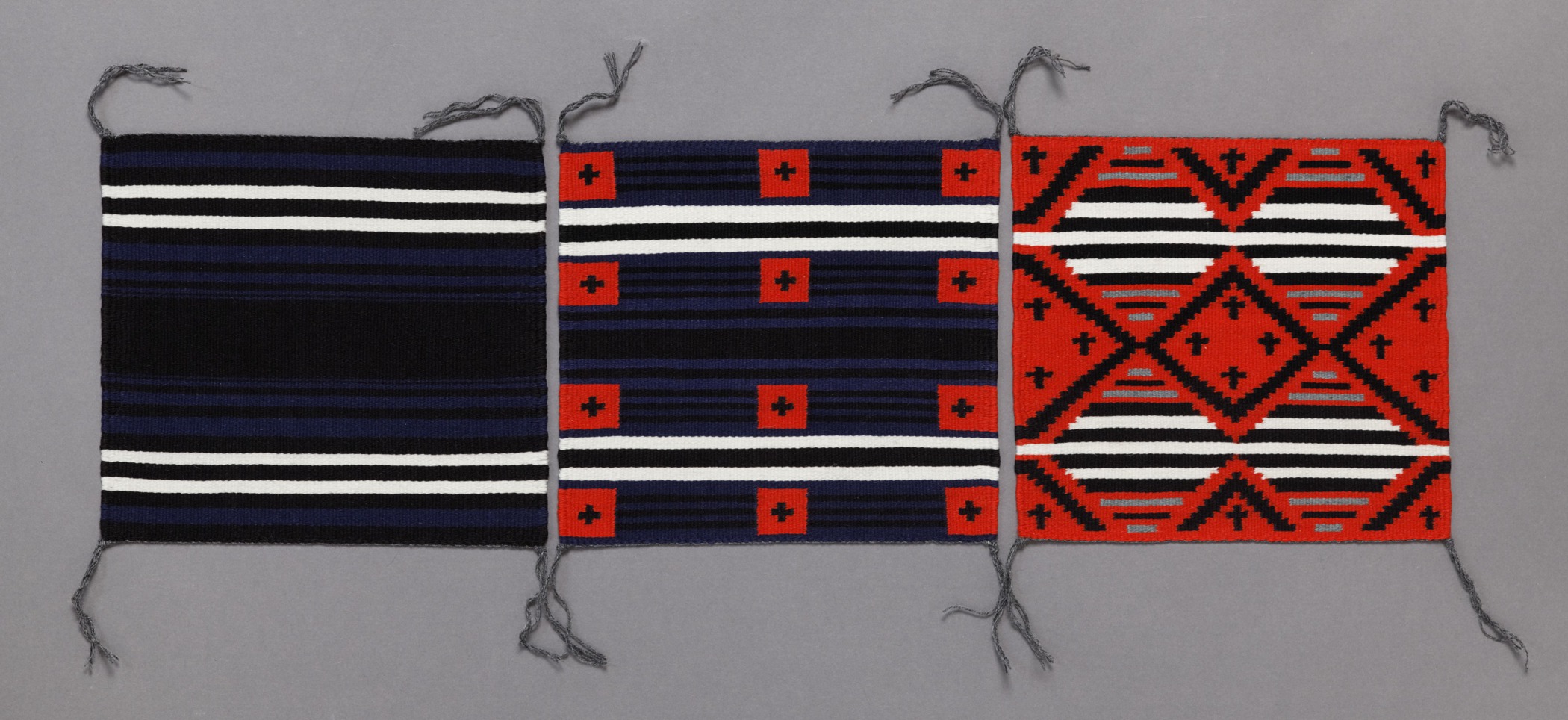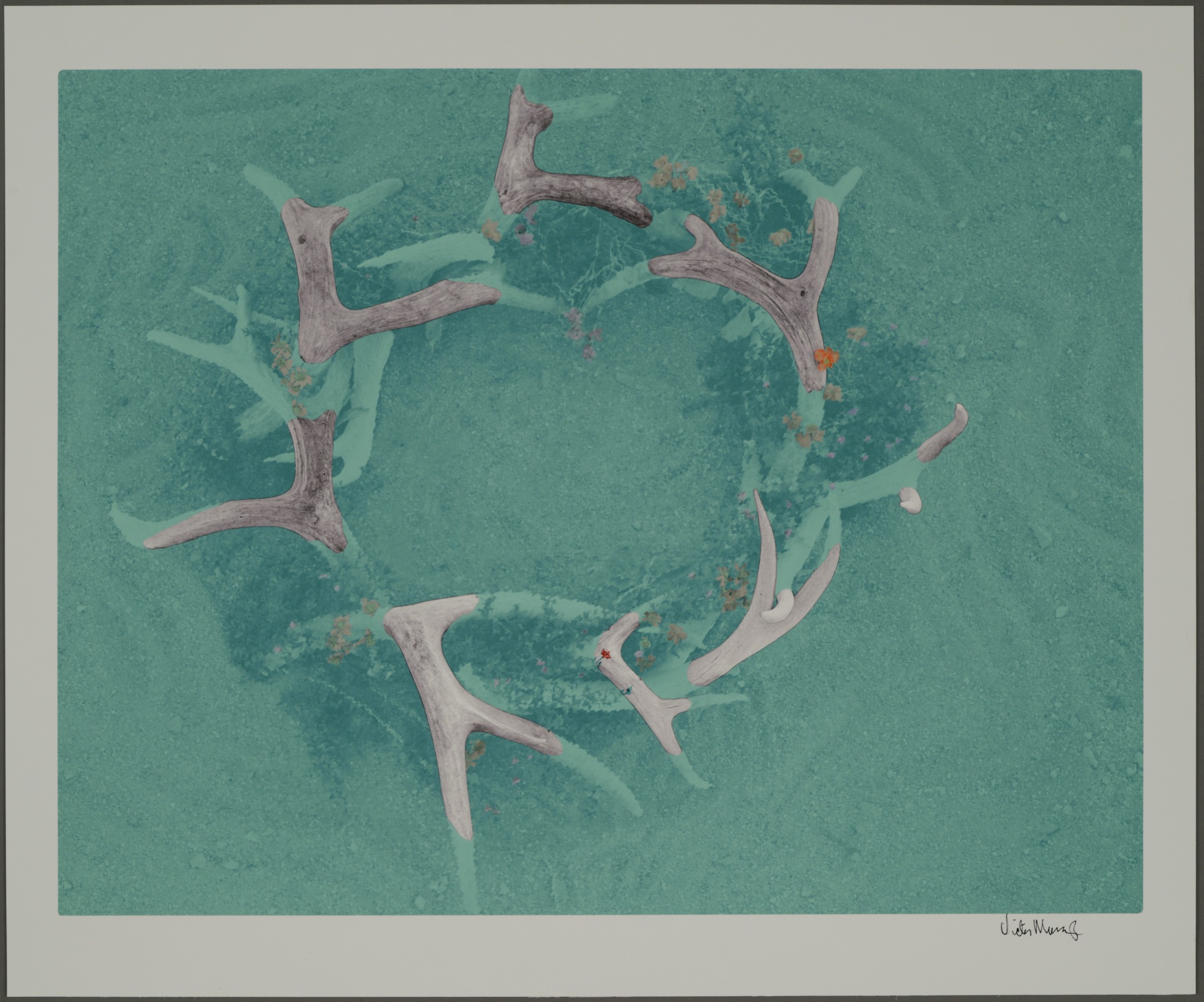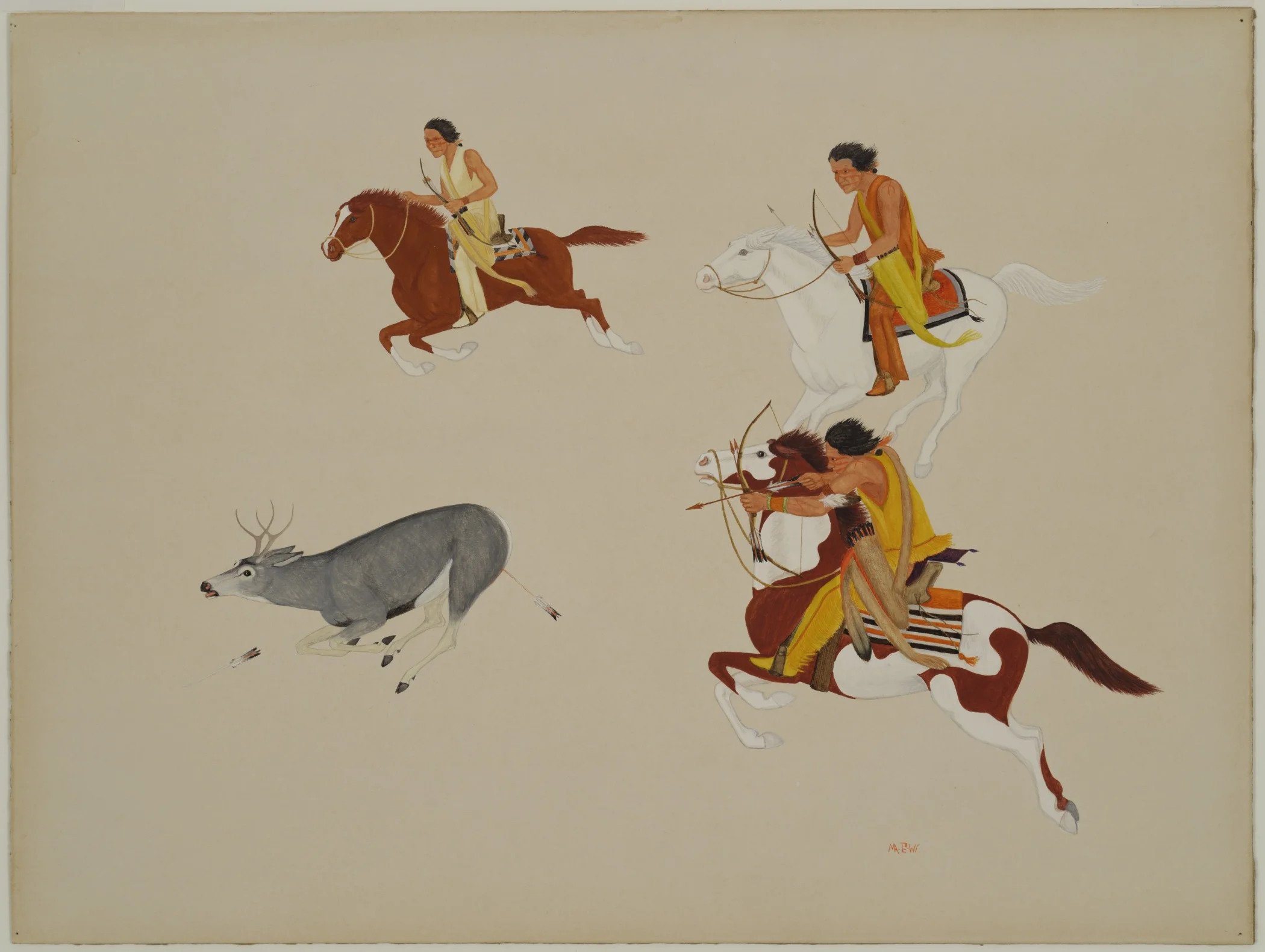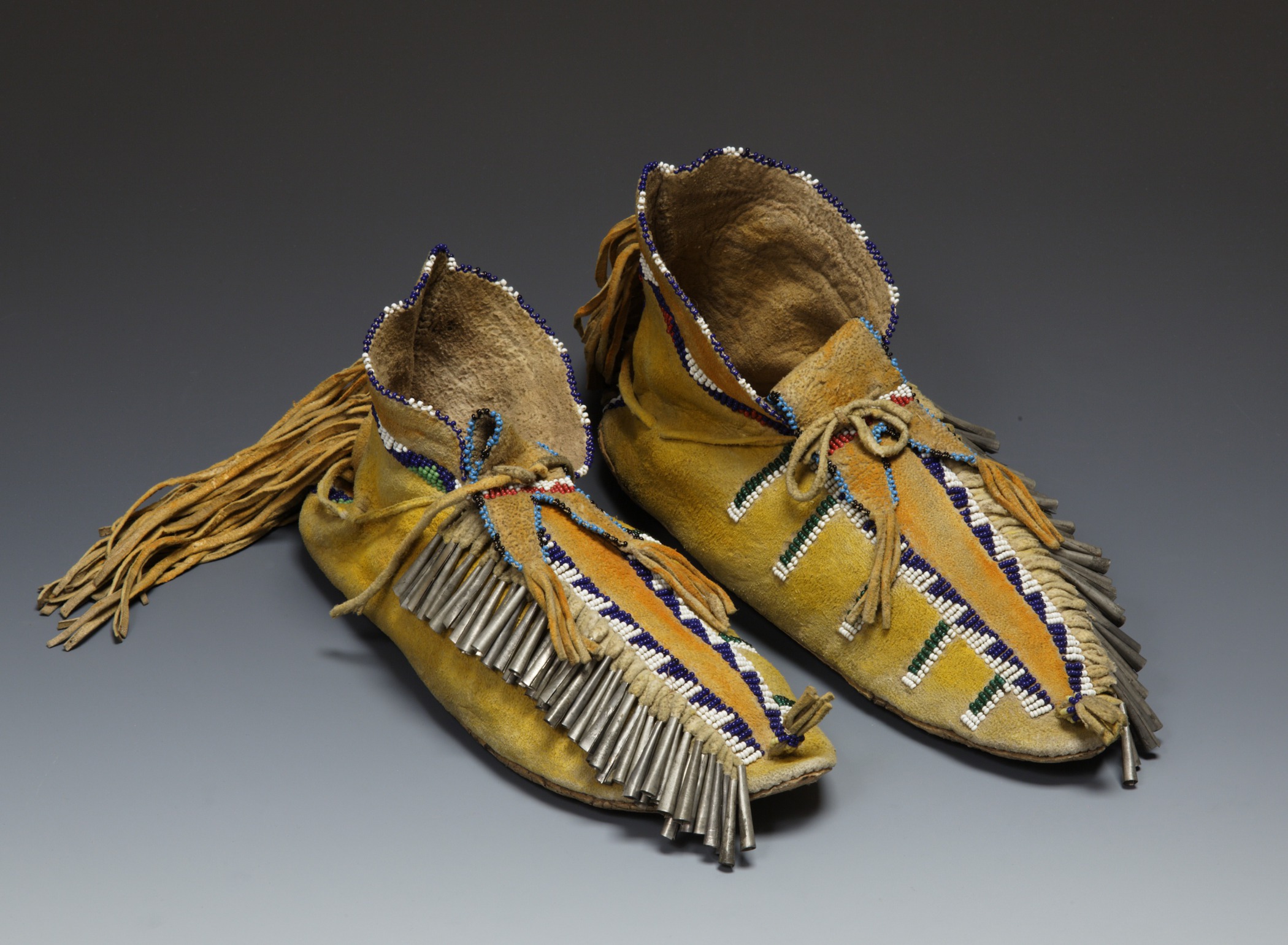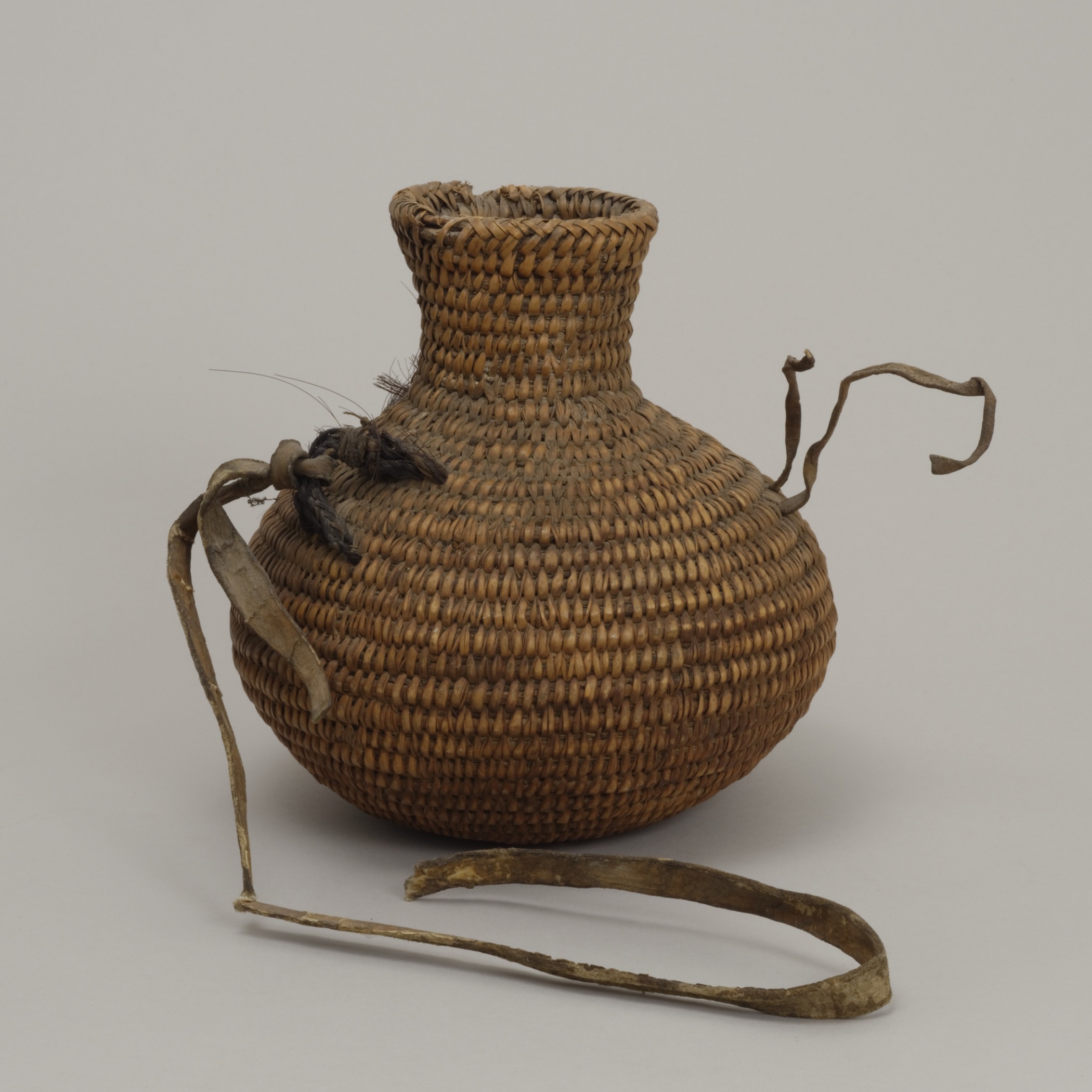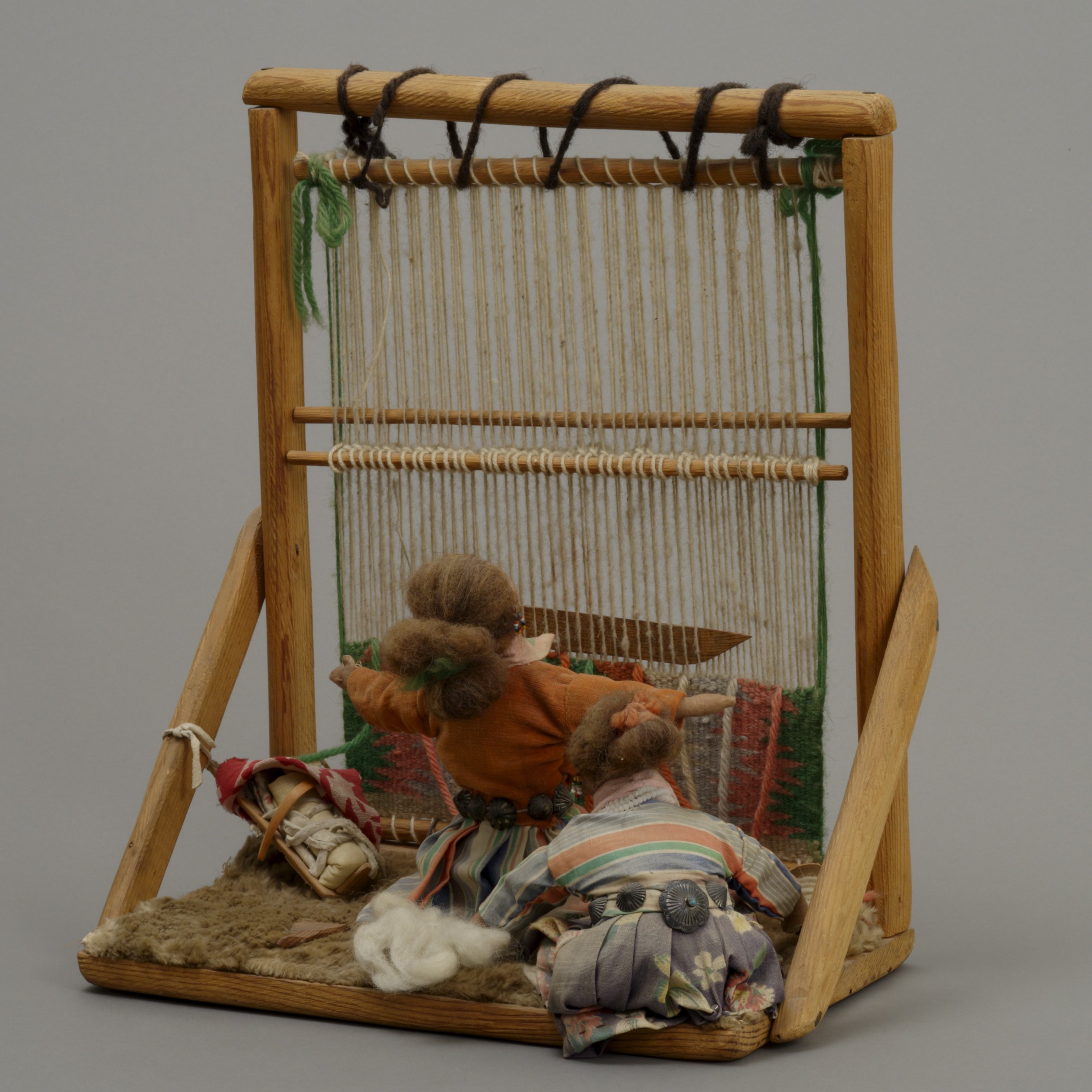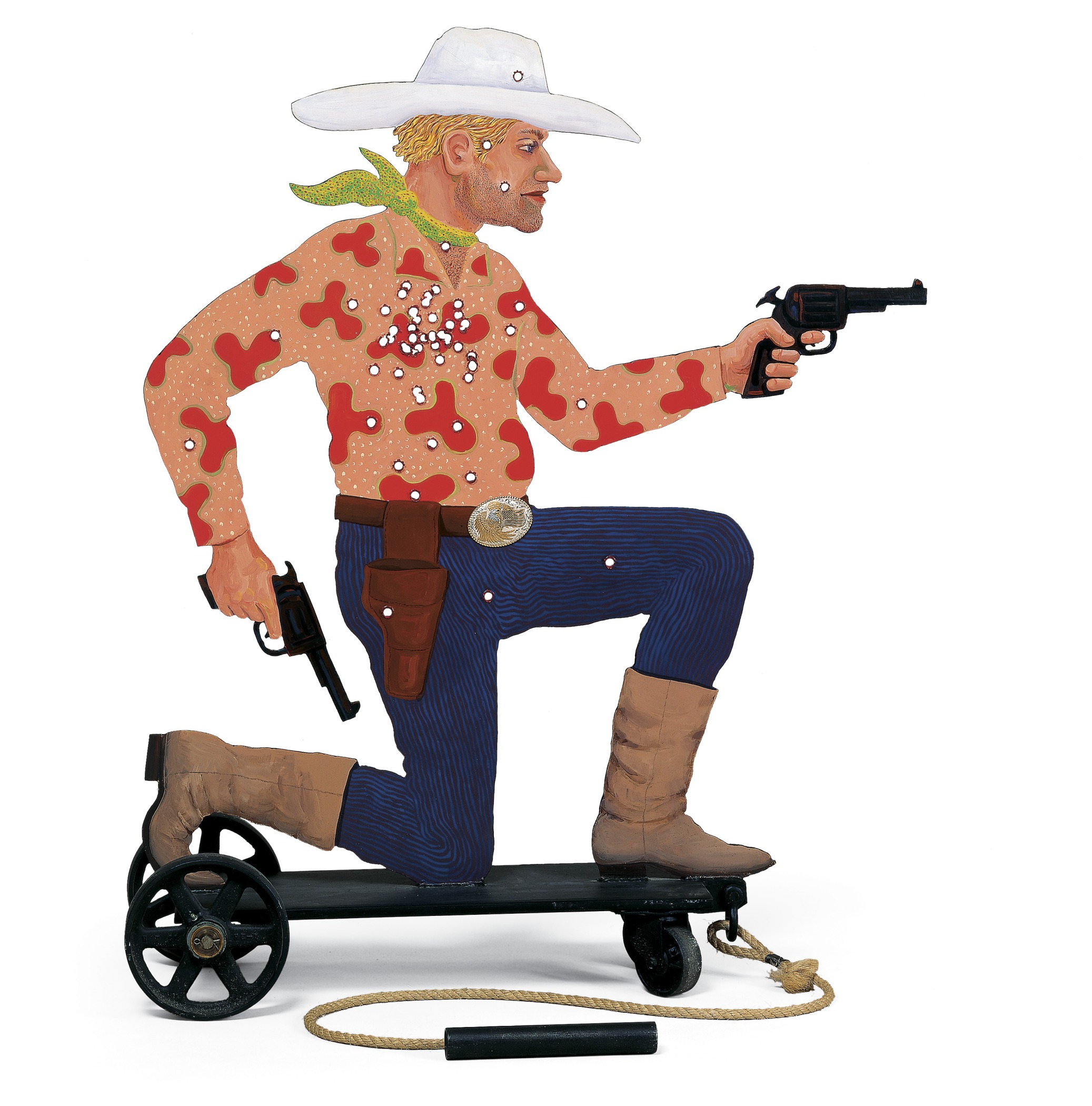Trade has evolved and shaped Southwest culture for millennia. Around the year 1000, trade was generally conducted with groups to the south rather than to the north. Ancestral Pueblo Indians traded valuable turquoise with Mesoamerican civilizations for prestige items like macaw feathers, ornaments, and pottery. This trade brought pottery styles, religious customs, crops, and agricultural techniques from Central and South America to North America.
With the collapse of the great empires to the south, pueblo-dwelling peoples began to trade with semi-sedentary Plains tribes such as the Apache. Pueblo tribes exchanged surplus corn, cotton textiles, ceramics, and turquoise for the Plains Indians’ tallow, salt, buffalo meat, and hides.
Animals like sheep, cattle, and horses brought by the Spanish fundamentally changed the landscape, politics, economy, relationships, and arts of the Southwest. Wool woven into textiles became an integral part of Southwest culture and an important commodity for sale. Trading posts operated by outsiders became the place where local products like wool, rugs, baskets, and jewelry could be exchanged for manufactured goods.
Since the 19th century, however, the most sought-after resources of the region have been water and valuable minerals, like gold, silver, coal, and uranium. The pursuit of these resources continues to be a source of conflict between native and non-native cultures.


